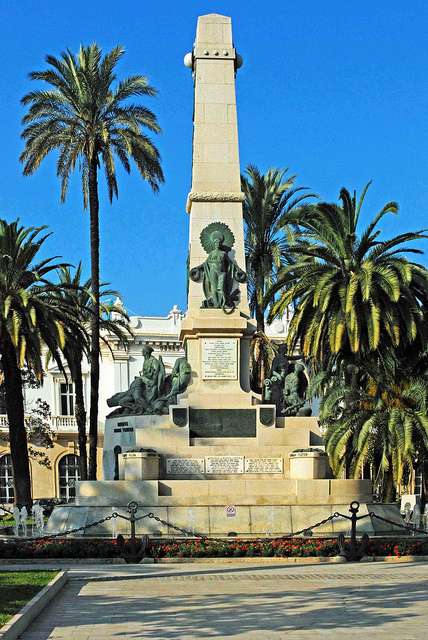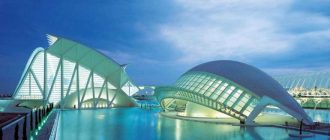Want to learn more about Cartagena, Spain? Read on for facts and info on this Mediterranean city of Spain…
Located on the Mediterranean coast, the Spanish city of Cartagena is famous for being a naval station. It forms part of the autonomous community of the region of Murcia and is located towards the southeast of the Iberian Peninsula.
This city has played very important roles throughout its history. Ever since the arrival of the Bourbons in Spain, the city has served as the capital of the Navy Maritime Department of the Mediterranean for Spain. Cartagena also served as an important naval port back in the 16th century.
The city has been planned in the manner of ancient medieval walled towns and also features a fine harbor that is well defended by medieval forts. During the reign of Philip II the city served as the central seaport for the country. Even today Cartagena is recognized as being a very important naval seaport and has a massive naval shipyard.
The city has a population of more than 200,000 according to statistics obtained in 2007. In terms of its geography it is the second largest city in its province. When counted among the non-provincial capitals of Spain it ends up on the sixth spot.
Cartagena occupies a strategic location in the south of Spain. The vast majority of the terrain is a flat plane whereas some of the cityscape consists of pre-coastal mountain ranges. The bulk of the land is made up of sedimentary material such as limestone, slate, marble and other metamorphic elements.
The original town of Cartagena consists of only five small hills. These are Monte Sacro, Molinete, Monte de San Jose, Monte de la Concepcion Despenperros. The city was constructed according to the Roman style of planning. In the ancient days a small portion of the sea known as the “inner sea” used to flow between the hills. However, with the passage of time the inner sea has completely dried up and it is upon this dried surface that the new town was built.
The city is clearly divided into two distinct portions. One side of the city is reminiscent of medieval times in terms of its planning and layout. The 20th Century expansion, however, is built according to modern standards and consists of a number of watercourses that flow through much of the urban network.
The climatic conditions of Cartagena range from warm to semi-arid. Over the course of history the city has been subject to intense mining and industrial exploration. It is also a famous tourist destination. Despite the fact that it has been used extensively by human civilizations the natural wealth and diversity of botanical endemic species still thrive in the region.
Particularly noticeable are the coastal mountains of Cartagena that contain an extensive collection of botanical biodiversities across the whole Iberian Peninsula. They consist of a large variety of European as well as African species and are a fine example of botanical biodiversity.





